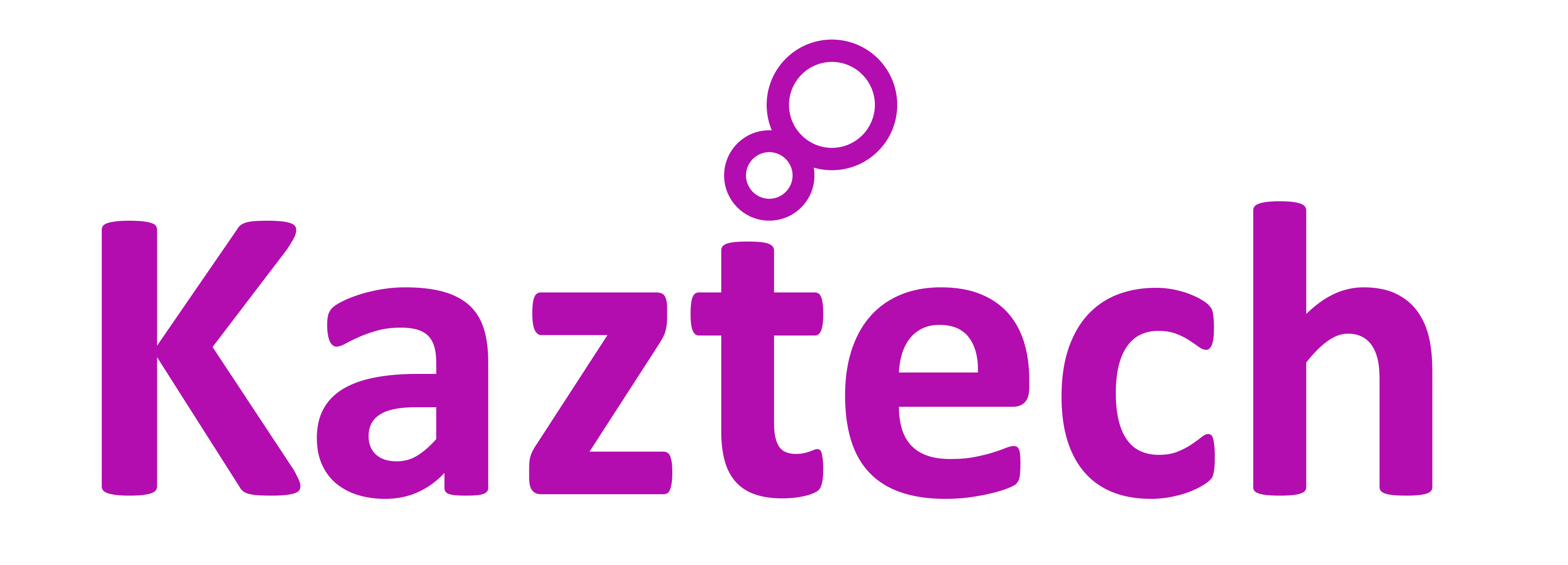We use cookies to make your experience better.
To comply with the new e-Privacy directive, you agree to the privacy policy and our use of cookies.
Lenovo AMD EPYC 7262 processor 3.2 GHz 128 MB L3
SKU
4XG7A63350
Category: Processors
| Processor socket | Socket SP3 |
|---|---|
| Processor cores | 8 |
| Processor family | AMD EPYC |
| Processor lithography | 7 nm |
| SKU | 4XG7A63350 |
| EAN | 0889488527687 |
| Manufacturer | Lenovo |
| Availability | In Stock |
| Processor | |
|---|---|
| Processor base frequency | 3.2 GHz |
| Processor manufacturer | AMD |
| Memory bandwidth supported by processor (max) | 204.8 GB/s |
| Thermal Design Power (TDP) | 155 W |
| Processor cache | 128 MB |
| Processor model | 7262 |
| Processor threads | 16 |
| Processor operating modes | 64-bit |
| Processor boost frequency | 3.4 GHz |
| Processor lithography | 7 nm |
| Processor family | AMD EPYC |
| Processor cores | 8 |
| Processor socket | Socket SP3 |
| Processor cache type | L3 |
| Memory | |
| Memory types supported by processor | DDR4-SDRAM |
| Memory clock speeds supported by processor | 3200 MHz |
| Memory bandwidth supported by processor (max) | 204.8 GB/s |
| Memory channels | Octa-channel |
| Graphics | |
| Discrete graphics card | No |
| On-board graphics card model | Not available |
| On-board graphics card | No |
| Discrete graphics card model | Not available |
| Power | |
|---|---|
| Thermal Design Power (TDP) | 155 W |
| Features | |
| Thermal Design Power (TDP) | 155 W |
| Technical details | |
| Thermal Design Power (TDP) | 155 W |
| Processor cache type | L3 |
You may also be interested in
| Product |
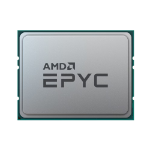 Lenovo AMD EPYC 7262 processor 3.2 GHz...
Login for pricing
Lenovo AMD EPYC 7262 processor 3.2 GHz...
Login for pricing
|
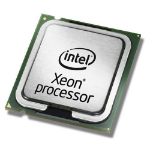
Recommended
Fujitsu Intel Xeon Silver 4210 process...
Login for pricing
|
 Fujitsu Intel Xeon Silver 4215 process...
Login for pricing
Fujitsu Intel Xeon Silver 4215 process...
Login for pricing
|
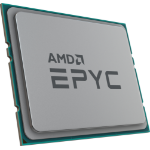
Popular
Lenovo EPYC AMD 7302 processor 3 GHz 1...
Login for pricing
|
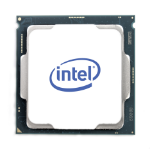
Bestseller
Fujitsu Xeon Intel Silver 4314 process...
Login for pricing
|
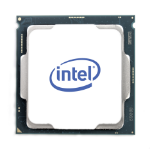
New
Fujitsu Xeon Intel Silver 4310 process...
Login for pricing
|
|---|---|---|---|---|---|---|
| SKU |
4XG7A63350
|
S26361-F4082-L110
|
S26361-F4082-L115
|
4XG7A38058
|
PY-CP62XJ
|
PY-CP62XH
|
| Description |
No
|
No
|
No
|
2nd Gen AMD EPYC are a new breed of server processors which sets a higher standard for data centers.
Groundbreaking design makes AMD EPYC #1 in performance across industry standard benchmarks, holding 80 world records to date. Performance you can count on to propel your modern data center workloads. ’Hardened at the Core’ protection helps defend against side-channel attacks and EPYC's secure encrypted virtualization features help keep your data safe. The processor’s agility helps you manage new deployments and changing workloads, with the system resources you need, simply and cost-effectively. AMD is the server processor company you can count on for innovation and leadership today and into the future. Performance Leadership Virtually everything runs better on AMD EPYC 7002 Series powered servers. Whether you run enterprise applications, virtualized and cloud computing environments, software-defined infrastructure, high-performance computing, or data analytic applications. EPYC processor-based systems are #1 on industry benchmarks, including those measuring integer, floating-point, virtualization, database, and HPC performance. AMD EPYC 7742 processor has set new world records that establish AMD as THE performance leader. The secret is under the hood AMD Infinity Architecture is a hybrid multi-die architecture that is reaching new heights with AMD EPYC 7002 Series processors. AMD Infinity Architecture now decouples two streams: eight dies for the processor cores, and one I/O die that supports security and communication outside the processor. With the agility to deliver the leading-edge process technology for CPU cores while letting I/O circuitry develop at its own rate, new capabilities can be brought to market faster with EPYC because its die design is not monolithic. This has allowed EPYC to race to leadership in the market and continue to innovate in the future. Forged from the finest silicon AMD is first to market an x86 processor based on 7nm technology. With double the core density and optimizations that improve instructions per cycle, the result is 4x the Floating-Point performance of 1st Gen AMD EPYC. 7nm process technology also brings energy efficiency. 2nd Gen AMD EPYC can provide the same performance at half the power consumption. EPYC by the numbers AMD EPYC has been engineered for data centers that rely on CPU performance. From oil and gas exploration, to in-memory databases, to big data analytics to production rendering to standard data center applications, highly parallel workloads have more cores to work with. AMD EPYC 7002 generation processors scale from 8 to 64 cores (16 to 128 threads per socket). No other x86 vendor today enables such a core density in the market. Be top of the security chain AMD EPYC is ‘Hardened at the Core’ with advanced security features. It is the first server CPU with an integrated and dedicated security processor providing the foundation for Secure Boot, Secure Memory Encryption (SME) and Secure Encrypted Virtualization (SEV). So you can worry less about data risk and focus more on running your business. Enabling software boot without corruption The AMD EPYC processor secure root of trust is designed to validate the initial BIOS software boot without corruption. In virtualized environments, you can cryptographically check that your entire software stack is booted without corruption on a cloud server or services you choose. Restrict internal vulnerabilities With encrypted memory, attacks on the integrity of main memory (such as cold-boot attacks) are inhibited because any data obtained is encrypted. High-performance encryption engines integrated into the memory channels help speed performance. All of this is accomplished without modifications to your application software. Safeguarding virtual and cloud infrastructure 2nd Gen EPYC helps safeguard privacy and integrity by encrypting each virtual machine with one of up to 509 unique encryption keys known only to the processor. This aids in protecting confidentiality of your data even if a malicious virtual machine finds a way into your virtual machine’s memory, or a compromised hypervisor reaches into a guest virtual machine. All-in feature set AMD takes pride in having transparent relationships with its partners and customers. This means having an “all-in” feature set that isn’t contrived to extract higher prices from customers. With AMD EPYC, you have the agility to choose the processor your application requires without worrying about whether an important feature or capability is included. Whatever the number of cores you choose, you’ll have the I/O, memory, and memory bandwidth to accomplish what you need. First-to-market PCIe 4.0 readiness AMD EPYC is the first and only current x86-architecture server processor supporting PCIe 4.06. PCIe 4.0 delivers double the I/O performance over PCIe 3.0. You can use 128 lanes of I/O to double the network bandwidth that ties together HPC clusters and satisfies voracious needs for east-west bandwidth. For other application needs and in virtualized environments, you can connect with higher speed to GPU accelerators, NVMe drives, and you can even use integrated disk controllers to access spinning disks without the typical bottleneck of a PCIe RAID controller. X86 compatibility You can have confidence in AMD EPYC 7002 generation processors because virtually all software will just work. We work with the open source community and major software vendors to help ensure your applications and enabling software will work exceptionally well with EPYC. The broad ecosystem of open tools and libraries are more reasons why top cloud providers such as AWS, Microsoft Azure, Oracle Cloud are providing services to customers based on AMD EPYC processors. 1-Socket EPYC server advantage Traditional CPUs typically must scale up to a 2-socket server to overcome an imbalance of resources. With AMD EPYC, 1-socket servers satisfy most of your workload needs, helping you increase density and reduce capital, power, and cooling expenses. With a 1-socket EPYC server, you can cut licensing costs up to 50% with ‘per-socket software’ such as VMware vSphere or vSAN. |
Intel® Turbo Boost Technology
Intel® Turbo Boost Technology dynamically increases the processor's frequency as needed by taking advantage of thermal and power headroom to give you a burst of speed when you need it, and increased energy efficiency when you don’t.. Intel® Hyper-Threading Technology Intel® Hyper-Threading Technology (Intel® HT Technology) delivers two processing threads per physical core. Highly threaded applications can get more work done in parallel, completing tasks sooner. Intel® Virtualization Technology (VT-x) Intel® Virtualization Technology (VT-x) allows one hardware platform to function as multiple “virtual” platforms. It offers improved manageability by limiting downtime and maintaining productivity by isolating computing activities into separate partitions. Intel® Virtualization Technology for Directed I/O (VT-d) Intel® Virtualization Technology for Directed I/O (VT-d) continues from the existing support for IA-32 (VT-x) and Itanium® processor (VT-i) virtualization adding new support for I/O-device virtualization. Intel VT-d can help end users improve security and reliability of the systems and also improve performance of I/O devices in virtualized environments. Intel® VT-x with Extended Page Tables (EPT) Intel® VT-x with Extended Page Tables (EPT), also known as Second Level Address Translation (SLAT), provides acceleration for memory intensive virtualized applications. Extended Page Tables in Intel® Virtualization Technology platforms reduces the memory and power overhead costs and increases battery life through hardware optimization of page table management. Intel® 64 Intel® 64 architecture delivers 64-bit computing on server, workstation, desktop and mobile platforms when combined with supporting software.¹ Intel 64 architecture improves performance by allowing systems to address more than 4 GB of both virtual and physical memory. Instruction Set An instruction set refers to the basic set of commands and instructions that a microprocessor understands and can carry out. The value shown represents which Intel’s instruction set this processor is compatible with. Instruction Set Extensions Instruction Set Extensions are additional instructions which can increase performance when the same operations are performed on multiple data objects. These can include SSE (Streaming SIMD Extensions) and AVX (Advanced Vector Extensions). # of AVX-512 FMA Units Intel® Advanced Vector Extensions 512 (AVX-512), new instruction set extensions, delivering ultra-wide (512-bit) vector operations capabilities, with up to 2 FMAs (Fused Multiply Add instructions), to accelerate performance for your most demanding computational tasks. Intel® Speed Shift Technology Intel® Speed Shift Technology uses hardware-controlled P-states to deliver dramatically quicker responsiveness with single-threaded, transient (short duration) workloads, such as web browsing, by allowing the processor to more quickly select its best operating frequency and voltage for optimal performance and power efficiency. Intel® Deep Learning Boost (Intel® DL Boost) A new set of embedded processor technologies designed to accelerate AI deep learning use cases. It extends Intel AVX-512 with a new Vector Neural Network Instruction (VNNI) that significantly increases deep learning inference performance over previous generations. Intel® Resource Director Technology (Intel® RDT) Intel® RDT brings new levels of visibility and control over how shared resources such as last-level cache (LLC) and memory bandwidth are used by applications, virtual machines (VMs) and containers. Intel® Volume Management Device (VMD) Intel® Volume Management Device (VMD) provides a common, robust method of hot plug and LED management for NVMe-based solid state drives. |
Intel® Turbo Boost Technology
Intel® Turbo Boost Technology dynamically increases the processor's frequency as needed by taking advantage of thermal and power headroom to give you a burst of speed when you need it, and increased energy efficiency when you don’t. Intel® Hyper-Threading Technology Intel® Hyper-Threading Technology (Intel® HT Technology) delivers two processing threads per physical core. Highly threaded applications can get more work done in parallel, completing tasks sooner. Intel® Virtualization Technology (VT-x) Intel® Virtualization Technology (VT-x) allows one hardware platform to function as multiple “virtual” platforms. It offers improved manageability by limiting downtime and maintaining productivity by isolating computing activities into separate partitions. Intel® Virtualization Technology for Directed I/O (VT-d) Intel® Virtualization Technology for Directed I/O (VT-d) continues from the existing support for IA-32 (VT-x) and Itanium® processor (VT-i) virtualization adding new support for I/O-device virtualization. Intel VT-d can help end users improve security and reliability of the systems and also improve performance of I/O devices in virtualized environments. Intel® VT-x with Extended Page Tables (EPT) Intel® VT-x with Extended Page Tables (EPT), also known as Second Level Address Translation (SLAT), provides acceleration for memory intensive virtualized applications. Extended Page Tables in Intel® Virtualization Technology platforms reduces the memory and power overhead costs and increases battery life through hardware optimization of page table management. Intel® 64 Intel® 64 architecture delivers 64-bit computing on server, workstation, desktop and mobile platforms when combined with supporting software.¹ Intel 64 architecture improves performance by allowing systems to address more than 4 GB of both virtual and physical memory. Instruction Set An instruction set refers to the basic set of commands and instructions that a microprocessor understands and can carry out. The value shown represents which Intel’s instruction set this processor is compatible with. Instruction Set Extensions Instruction Set Extensions are additional instructions which can increase performance when the same operations are performed on multiple data objects. These can include SSE (Streaming SIMD Extensions) and AVX (Advanced Vector Extensions). # of AVX-512 FMA Units Intel® Advanced Vector Extensions 512 (AVX-512), new instruction set extensions, delivering ultra-wide (512-bit) vector operations capabilities, with up to 2 FMAs (Fused Multiply Add instructions), to accelerate performance for your most demanding computational tasks. Intel® Speed Shift Technology Intel® Speed Shift Technology uses hardware-controlled P-states to deliver dramatically quicker responsiveness with single-threaded, transient (short duration) workloads, such as web browsing, by allowing the processor to more quickly select its best operating frequency and voltage for optimal performance and power efficiency. Intel® Deep Learning Boost (Intel® DL Boost) A new set of embedded processor technologies designed to accelerate AI deep learning use cases. It extends Intel AVX-512 with a new Vector Neural Network Instruction (VNNI) that significantly increases deep learning inference performance over previous generations. Intel® Resource Director Technology (Intel® RDT) Intel® RDT brings new levels of visibility and control over how shared resources such as last-level cache (LLC) and memory bandwidth are used by applications, virtual machines (VMs) and containers. Intel® Volume Management Device (VMD) Intel® Volume Management Device (VMD) provides a common, robust method of hot plug and LED management for NVMe-based solid state drives. |
| Short Description |
AMD EPYC 7262, 3.2/3.4 GHz, 8C/16T, 128 MB L3 Cache
|
Intel Xeon Silver 4210, 14M Cache, 2.2 GHz, 85 W TDP, FCLGA3647
|
Intel Xeon Silver 4215, 11M Cache, 2.5 GHz, 85 W TDP, FCLGA3647
|
16 Cores, 32 Threads, 3GHz, 3.3GHz Boost, 128MB L3 Cache, Socket SP3, 155W
|
Intel Xeon Silver Silver 4314 Processor (24MB Cache, up to 3.4 GHz)
|
Intel Xeon Silver Silver 4310 Processor (18MB Cache, up to 3.3 GHz)
|
| Manufacturer |
Lenovo
|
Fujitsu
|
Fujitsu
|
Lenovo
|
Fujitsu
|
Fujitsu
|
